Northeastern Brazil is the destination of many tourists visiting the country every year.
They come under the assumption that they’ll find fabulous beaches, pristine water, and kind people.
And they’re right.
In fact, Northeastern Brazil offers a different experience than the more popular tourist destinations in the country's south.
I may be biased, but this region is home to some of Brazil's best places. It’s not for nothing that out of the three most popular travel destinations in Brazil, two are in the nordeste [in Portuguese].
From historical landmarks and cultural sites to outdoor activities and natural wonders, Northeastern Brazil has something to offer every type of traveler.
A Bit on the Culture and History of Northeastern Brazil
Northeastern Brazil has a rich cultural heritage deeply rooted in its history.
The region was once a hub of Portuguese colonialism and the African slave trade, which has left a lasting impact on its culture and traditions.
Visitors can explore the historic cities of Salvador, Recife, and Olinda, which are UNESCO World Heritage sites and showcase the region's colonial architecture and vibrant Afro-Brazilian culture.
Lots of Natural Beauty
The region's natural beauty is another draw for visitors.
Northeastern Brazil offers diverse landscapes and outdoor activities, from the sand dunes and lagoons of Lençóis Maranhenses National Park to the pristine beaches of Fernando de Noronha Island.
Whether you're looking to surf, kite surf, hike, or relax on the beach, you'll find plenty of options in the region.
Unique Experiences? It Got You Covered!
Northeastern Brazil offers a unique experience different from other parts of the country.
Even though it’s a popular destination, it still has more affordable prices (at least in the less frequently tourist-y spots), and visitors can explore the region's hidden gems and discover its rich culture and natural wonders.
In the next section, we will look at the best places to visit in Northeastern Brazil.
The Best Places to Visit in Northeastern Brazil
Salvador
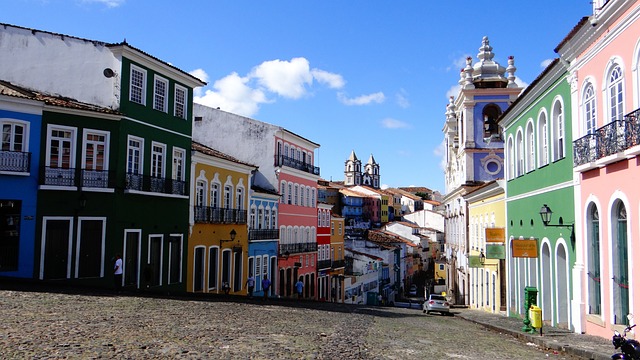
Salvador is the capital of the state of Bahia and where I reside.
It is known for its rich Afro-Brazilian culture and historical significance.
Some of the top things to do in Salvador include exploring the Pelourinho historic district, visiting the São Francisco Church and Convent, and taking a stroll along the beach at Porto da Barra. You can also enjoy traditional Bahian cuisine if you don’t have any dietary restrictions; acarajé and moqueca are my two favorites, and they’re the two dishes you have to taste to say “I’ve been to Bahia.”
Chapada Diamantina National Park
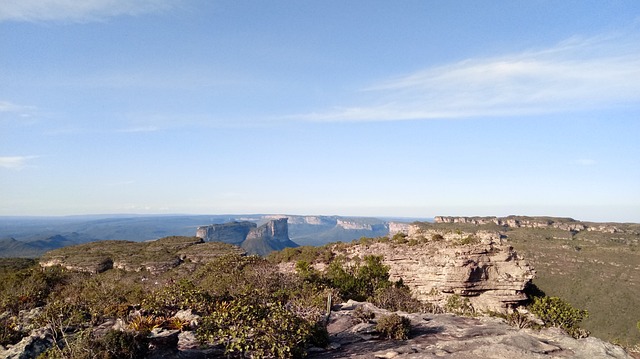
Chapada Diamantina National Park is a nature lover's paradise, with its rugged mountains, waterfalls, and hiking trails.
Some of the top things to do in the park include hiking to the Fumaça Waterfall, exploring the underground caves at Lapa Doce, and taking a dip in the natural swimming pools at Poço do Diabo.
In case you’re visiting for a while (and you’ll be, since it’s a long trip from Salvador to Chapada), you can also stay in the nearby town of Lençóis, which has a charming colonial center and plenty of accommodation options.
Olinda
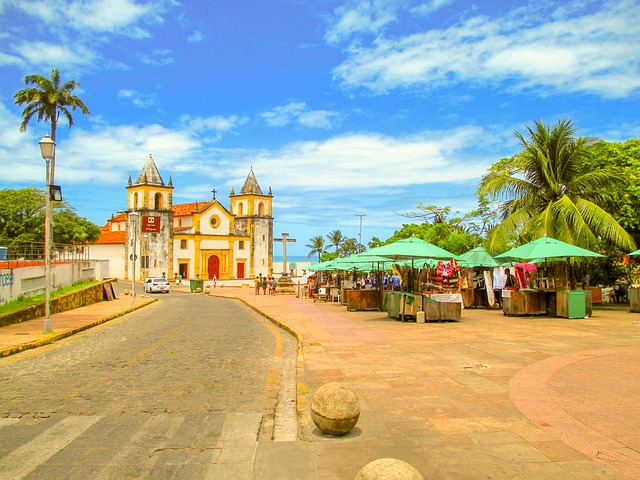
Olinda is a historic city located just north of Recife known for its colorful colonial architecture and vibrant cultural scene.
Some of the top things to do in Olinda include exploring the historic city center, visiting the São Bento Monastery, and attending the Carnival of Olinda, one of Brazil's largest and most famous Carnival celebrations.
Recife
Recife is the largest city in Pernambuco, known for its beautiful beaches, lively nightlife, and rich cultural heritage.
Some of the top things to do in Recife include visiting the historic neighborhood of Recife Antigo, taking a boat tour of the city's canals, and trying the local cuisine, which includes dishes like bolo de rolo and tapioca.
Pipa
Pipa is a small beach town in Rio Grande do Norte known for its surfing, kite surfing, and natural beauty. According to Destinationless Travel, some of the top things to do in Pipa include surfing at Praia do Amor, visiting the Santuário Ecológico de Pipa, and enjoying the nightlife at one of the town's many bars and restaurants.
Lençóis Maranhenses National Park
Lençóis Maranhenses National Park [a Wikipedia article because the official site is in Portuguese so badly edited you’ll have to squint your eyes to read it] is a unique landscape of sand dunes and lagoons unlike anything else in Brazil. Some of the top things to do in the park include hiking to the top of the sand dunes, swimming in the crystal-clear lagoons, and watching the sunset over the park's stunning landscape.
Fernando de Noronha Island
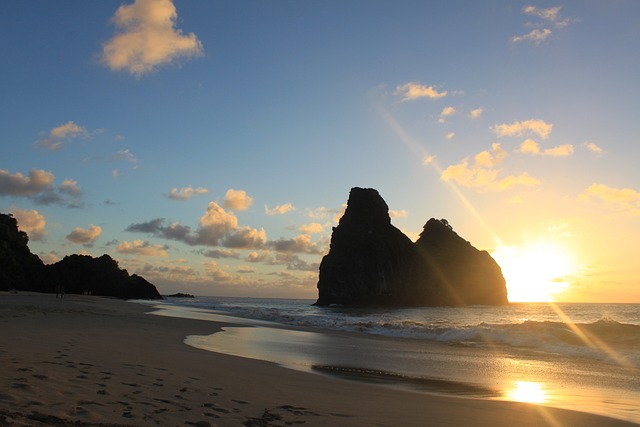
Fernando de Noronha is an archipelago located off the coast of Brazil (a longer article, since I’m just mentioning it in passing). It is known for its pristine beaches, clear waters, and diverse marine life. Some of the top things to do on the island include diving and snorkeling at Baía dos Porcos, watching the sunset at Forte dos Remédios, and hiking to the top of Morro do Pico for panoramic views of the island.
In the next section, we will look closely at some lesser known but worthwhile places to visit in Northeastern Brazil.
Lesser Known but Worthwhile Places to Visit in Northeastern Brazil
While the more popular destinations in Northeastern Brazil are undoubtedly worth a visit, the region is also home to many lesser known but worthwhile places to explore.
In this section, we will look closely at some of these hidden gems according to the sources referenced in this article.
Lençóis
Lençóis is located in Bahia and a gateway to Chapada Diamantina National Park. This town is worth exploring, with its charming colonial architecture, lively street markets, and proximity to natural attractions like the Ribeirão do Meio waterfalls.
Jericoacoara
Jericoacoara is a small fishing village located in the state of Ceará. And even though I’m Cearense, I’ve yet to visit this place that all my friends have been to.
It is known for its pristine beaches and laid-back vibe. The town is a popular spot for kitesurfing and windsurfing, and visitors can also enjoy activities like horseback riding and sandboarding.
And also the underwater hammocks [in Portuguese, but with good photos].
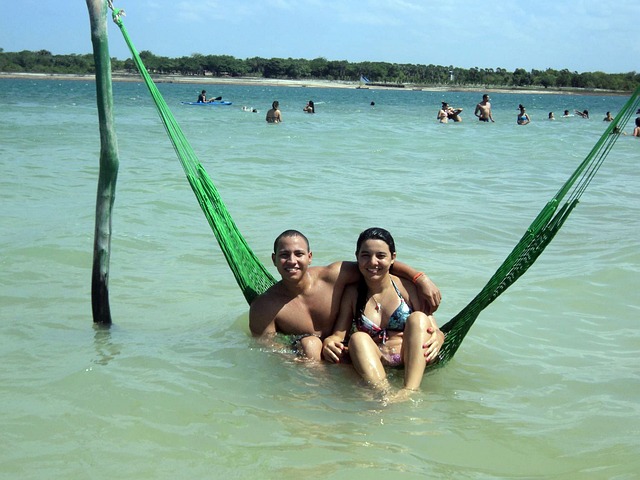
Image by cika_tugeiro from Pixabay
Atins
Atins is a small village located in the state of Maranhão. If you go to Lençóis Maranhenses, you’ll probably go to Atins as well. It is known for its remote location and natural beauty.
Morro Branco
Morro Branco is a beach town in Ceará known for its stunning sand cliffs and natural beauty. If you intend to go to Fortaleza, including Morro Branco in your itinerary is easy. Once there, you can take a buggy tour of the sand cliffs, explore the nearby Praia das Fontes, or relax on the town's beautiful beaches and enjoy the laid-back atmosphere.
Tips for Traveling to Northeastern Brazil
Northeastern Brazil is a unique and beautiful region worth any traveler exploring. However, as with any trip, there are some things to remember to ensure a safe and enjoyable journey. This section will discuss some tips for traveling to Northeastern Brazil, from the point of view of someone native to this region.
Getting There
The most common way to get to Northeastern Brazil is by flying into one of the major airports in the region, such as Salvador or Recife. Some direct flights come from Europe to Fortaleza, but a common way to get here is by flying to São Paulo then to your final destination.
If you’re traveling in-country, some airlines that fly to Northeastern Brazil include LATAM, Gol, and Azul. The most popular one is Gol (no ad, no sponsorship; it’s just that their service isn’t as sh*tty as LATAM’s in Brazil).
It's important to note that flights to Northeastern Brazil can be expensive, especially during peak travel season (June, July, December, February-March).
Safety First and Always
While Northeastern Brazil is generally a safe region for travelers (for locals, that’s a different story), some precautions should be taken to ensure a safe journey.
As a savvy tourist, you should be aware of your surroundings and avoid walking alone at night, especially in urban areas.
It's also a good idea to keep valuables hidden and avoid wearing flashy jewelry or carrying large amounts of cash.
And if you’re driving, please don’t trust your Waze or GPS blindly. Look around to see if you like what you see.
Weather?
Northeastern Brazil has a tropical climate, with warm temperatures and high humidity year-round.
The best time to visit Northeastern Brazil is during the dry season, which runs from September to March. During this time, visitors can enjoy sunny days and warm temperatures, with less chance of rain.
These years, though, due to climate change (I guess), the weather has been cray-cray. In Salvador, my city of residence, the cold season should’ve been in July-August, but it never came. And in October (I’m writing this in November) it was as hot as one would expect mid-December.
So, take this information about best season with a grain of salt.
What to Pack
When packing for a trip to Northeastern Brazil, keeping the climate in mind is essential. It’s HOT here. You’ll want to bring:
Lightweight clothing that is comfortable in warm weather
Sunscreen and a hat to protect against the sun
Insect repellent to protect against mosquitoes and other bugs
Comfortable walking shoes (better yet if sandals/flipflops) for exploring cities and natural attractions
A waterproof jacket or umbrella in case of rain
Money, Please Bring Some
The currency in Brazil is the Brazilian Real (not dollar, though many will take it without a hitch). It's a good idea to bring a mix of cash and credit cards. Although credit cards are widely accepted in major cities and tourist areas, having some local cash on hand for smaller purchases or in case of an emergency is always a good idea.
ATMs are also widely available, especially in shopping centers (if in a big city like Salvador, Olinda etc.) or important places. Still, it's essential to be aware of ATM scams and only to withdraw money from reputable banks (the agências, or branches). And do not accept the help of anyone with the ATMs.
Explore the Enchanting Northeastern Brazil
Northeastern Brazil has unparalleled beauty, with its stunning beaches, vibrant culture, and unique landscapes.
Whether you're a nature lover, a history buff, or simply looking to relax and soak up the sun, Northeastern Brazil has something to offer everyone. In this article, we've explored some of the best places to visit in the region and some tips for traveling safely and comfortably.
I hope this article has inspired you to explore the enchanting Northeastern Brazil. If you’re looking for general information (and a checklist) for your next trip to our country, check out our guide on planning a trip to Brazil!

